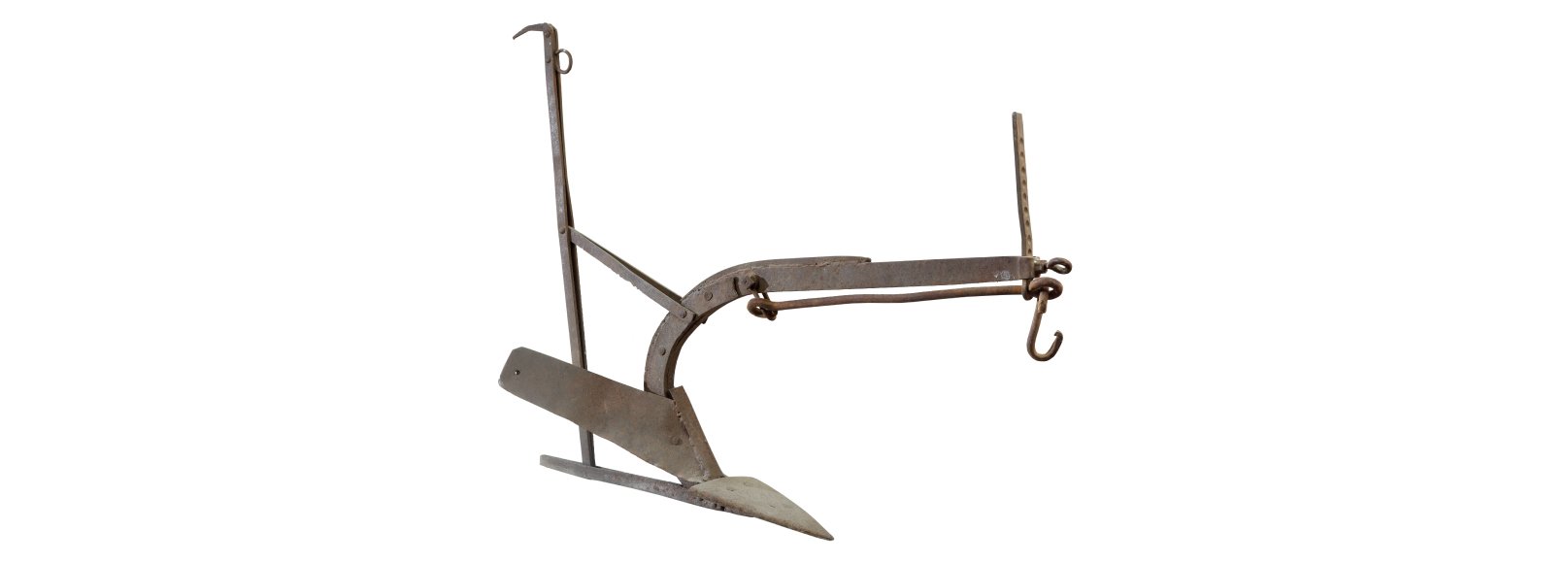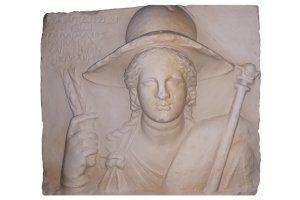The plough
The plough is the most important agricultural tool used by man to plough the land . Its main function is digging and mixing the soil to prepare it for the next stages of cultivation. Man guided a pair of animals that pulled the plough and dug the soil to vent and accept the seeds. The first ploughs were used in Egypt and in Messopotamia approximately 4000 BC. where there were wheat and barley plantations. According to Greek mythology the construction and dissemination attributed to Triptolemus, who came from Eleusis, with the guidance of the goddess Demeter.
It was originally made of wood , usually olive tree, fir tree , plane tree, fig tree, laurel, kermes and stone. Hesiod describes it as a simple tool with a forked arm that ended in a sharp object , the ploughshare. After 1500 BC. where the use of iron begins, we find the iron plough, which replaced the wooden one. The use was decisive in the development of soil culture as it was more durable than the wooden ones and were used to plough both larger areas and difficult soils . It consists of the following parts: the "aletropoda" the base of the plough that supports it on the ground, the blade that cuts the soil vertically, the ploughshare that cuts the soil horizontally to create grooves ,the wings that lift the soil off the ground, the pillar that forms an axis for the number of remaining components , and the handle, a component adapted to the "aletropoda" that helps the farmer to steer the plough.


